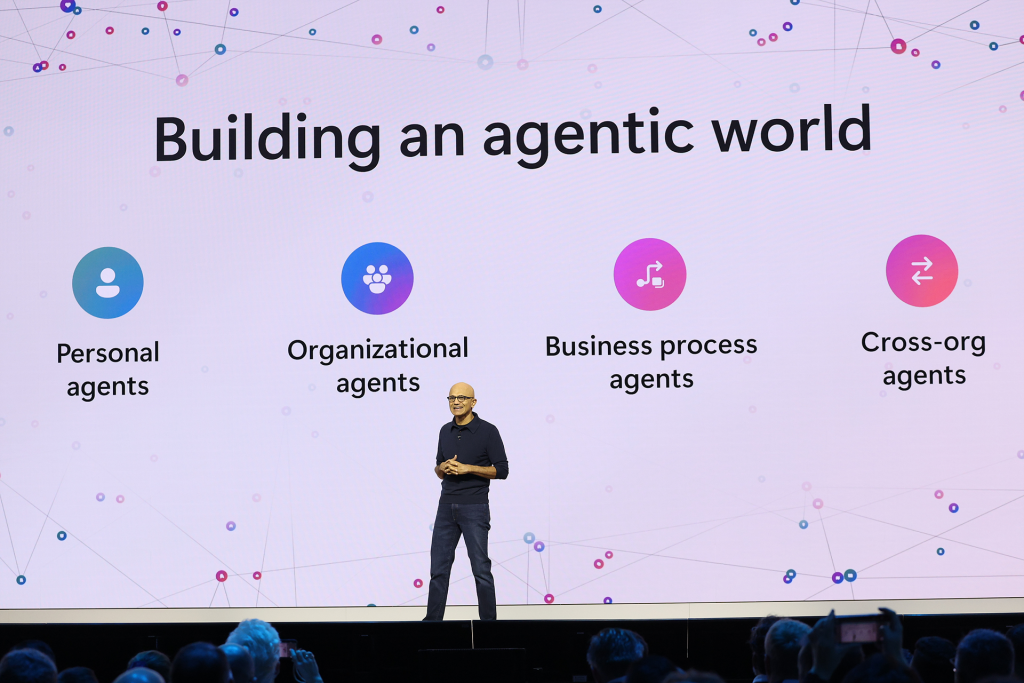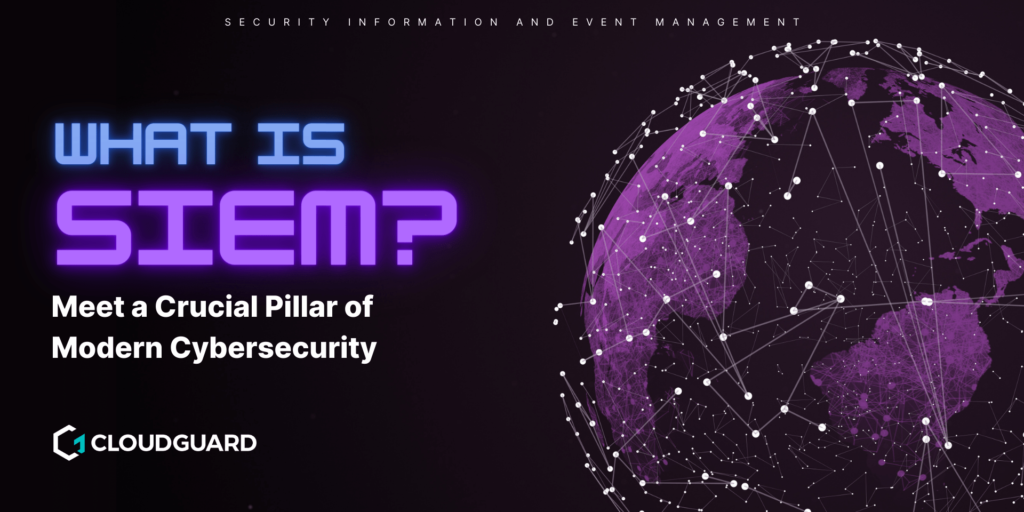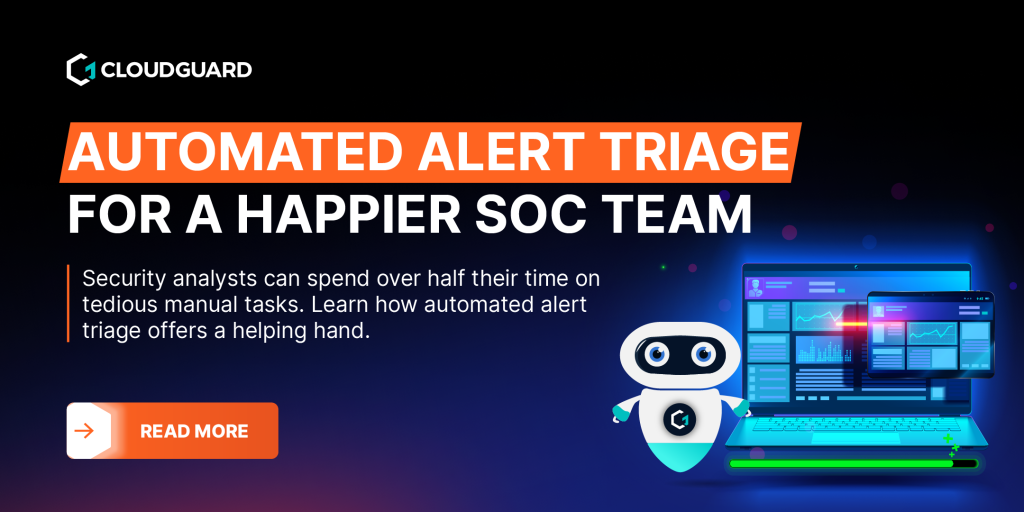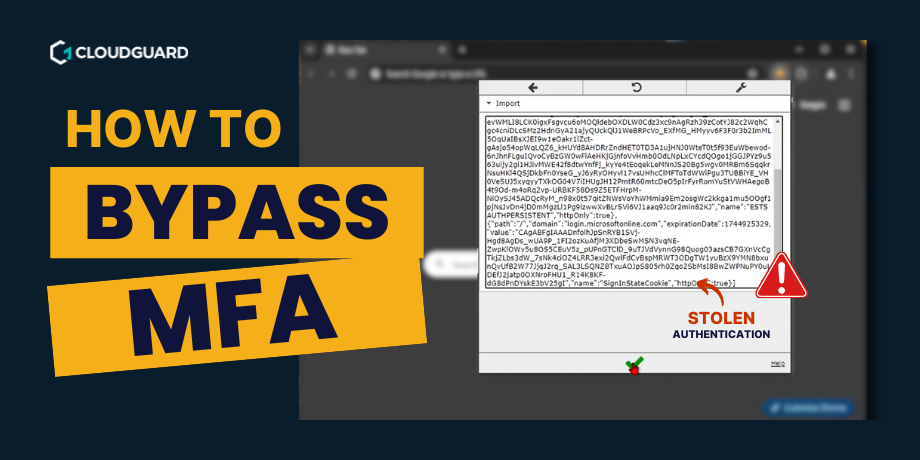You’ve probably read about the British Library cyber attack in the news. But imagine waking up to the news that your organisation’s data has been compromised, and cybercriminals are auctioning off sensitive information on the dark web. Unfortunately, this nightmare became a reality for security professional working the the British Library, and the aftermath provides critical lessons for IT decision-makers like you in the ever-evolving landscape of cybersecurity.
The story of the British Library Cyber Attack so far
In October 2023, the British Library cyber attack was orchestrated by the Rhysida ransomware group, resulting in the compromise of employee data. The attackers claimed responsibility for the breach and threatened to auction off the stolen information, which included passport scans, for a price of 20 Bitcoin (£596,459).
Despite the library’s assurance that there was no evidence of user data compromise, the incident led to a month-long downtime for the library’s website. The National Cyber Security Centre (NCSC) is actively collaborating with the institution to assess the full impact of the attack.
The Rhysida group, known for targeting various sectors, set a deadline for an auction of the “exclusive and impressive” data, prompting concerns about potential identity fraud risks for affected employees. The FBI and the US Cybersecurity & Infrastructure Security Agency issued a warning on the threat posed by Rhysida, emphasising its tendency to target sectors such as education, healthcare, manufacturing, information technology, and government.
The British Library, a symbol of knowledge and culture, now faces the challenging task of restoring services while taking protective measures and investigating the attack with the support of cybersecurity experts.
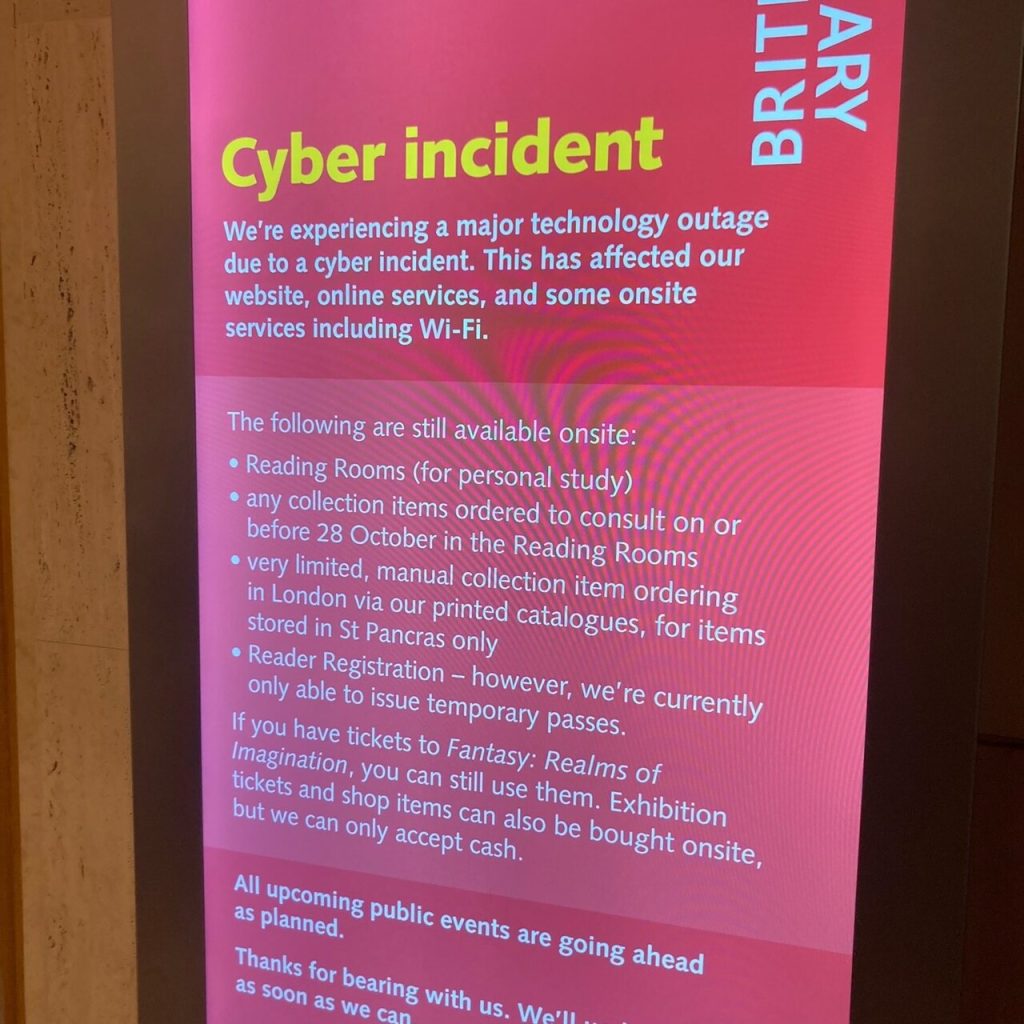
6 lessons to learn from the British Library Cyber Attack
Now that we understand the background to the British Library Cyber Attack, we can start to unpick potential lessons that can be learnt from this unfortunate situation. Learning now is better than waking up to a compromise in the future.
1. Ransomware is pervasive – Prioritise robust defenses
The British Library’s run-in with the Rhysida ransomware gang proves the scary and pervasive nature of ransomware threats. The lesson here is clear: regardless of an organisation’s size or prestige, prioritising robust defenses against ransomware is imperative.
IT decision-makers must recognise that these threats evolve continually, requiring constant updates to cybersecurity protocols. By investing in advanced security measures and staying ahead of emerging threats, you can create a robust defense system that protects sensitive data and ensures operational continuity.
2. Public institutions are not exempt – Bolster cybersecurity measures
The British Library, a public institution and the UK’s largest library, is proof that cybercriminals target entities across sectors. As an IT decision-maker, don’t underestimate the value of your organisation’s data. Bolster cybersecurity measures to safeguard against potential attacks. Implementing the advice of law enforcement agencies and the NCSC is crucial in building a resilient defense against ransomware and other cyber threats.
3. Refusing ransom pays off – Don’t fuel the cybercrime industry
The age-old advice from law enforcement agencies holds true: refusing to pay a ransom is essential. Despite the temptation to quickly resolve the situation by paying up, this only serves to fuel the cybercrime industry.
The British Library’s decision not to cave to the cybercriminals’ demands sends a powerful message. IT decision-makers must resist the urge to pay ransoms and instead invest in proactive cybersecurity measures. This includes regular updates to security protocols, employee training, and maintaining a robust incident response plan to mitigate the impact of potential breaches.
4. Prepare for the aftermath – Safeguard employee and user data
In the aftermath of a cyber attack, the well-being of employees and users should be a top priority. The British Library’s prompt communication and recommendation for users to change passwords as a precautionary measure is a sound, proactive approach.
IT decision-makers must have a well-thought-out plan for handling the aftermath of a breach. Transparent communication with stakeholders, providing guidance on security measures, and offering support to those affected are crucial steps. By prioritising the protection of employee and user data, you can mitigate potential risks and demonstrate commitment to their stakeholders’ security.
5. Continuous monitoring is key – Stay one step ahead
The broad impact of the Rhysida ransomware group across various sectors proves the need for continuous monitoring. IT decision-makers must recognise that cyber threats are ever-evolving and invest in advanced threat detection and response capabilities.
Regularly updating the cybersecurity strategy to adapt to emerging threats and vulnerabilities is essential. Staying one step ahead of cybercriminals requires a proactive stance, and continuous monitoring is key to identifying and mitigating potential threats before they escalate.
6. Collaborate with cybersecurity experts – Seek external support
In the face of a cyber attack, collaboration is key. The British Library’s collaboration with the NCSC, the Metropolitan Police, and cybersecurity specialists is a great, real-world example.
IT decision-makers should proactively seek external support and establish partnerships with cybersecurity experts. These experts can provide valuable insights, guidance, and support in investigating and mitigating the impact of a cyber incident. Recognising the value of external expertise strengthens your ability to respond effectively to cyber threats and enhances overall cybersecurity resilience.
A Call to Action for IT Decision Makers
The British Library cyber attack should serve as a wake-up call for IT decision-makers. Ransomware is an ever-present threat, and the key to resilience lies in proactive measures, collaboration, and a commitment to not fueling the cybercrime industry. Take this incident as an opportunity to reassess and strengthen your organisation’s cybersecurity posture.
By learning from the lessons presented by the British Library cyber attack, you can navigate the complex cybersecurity landscape with confidence, ensuring the safety of your data and the trust of your stakeholders.

